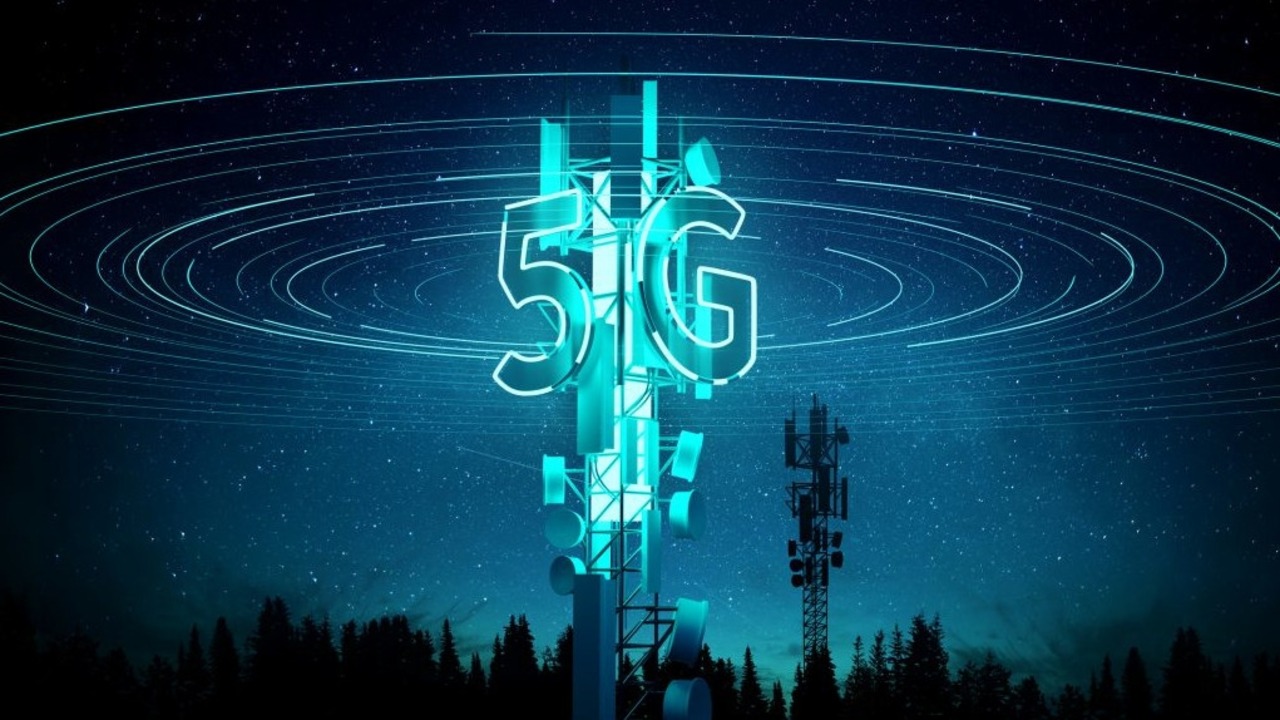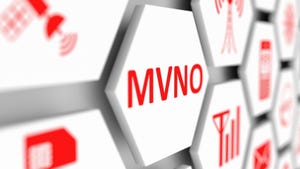Verizon trial claims 5.5 Gbps download speeds
Verizon, along with Samsung and MediaTek, demonstrated 5G speeds of 5.5 Gbps in a lab environment.
January 7, 2025

The proof of concept used carrier aggregation, which combines multiple channels of both FDD and TDD spectrum bands which is supposed to provide greater efficiency for data transmissions over wireless networks. Six separate channels of sub 6 GHz spectrum were combined to achieve 5.5 Gbps speed in the downlink.
As is the time-honoured method for making network performance stats a bit more corporeal, Verizon says 5.5 Gbps download speed is the equivalent of downloading 266 Taylor Swift albums a minute or streaming 3,056 Hulu episodes per hour.
It was conducted in a lab and aggregated 350 MHz of PCS, 850 MHz, AWS, CBRS and C-band spectrum, using Samsung’s virtualized RAN (vRAN) solution and MediaTek’s connectivity platform featuring 6CC technology. The trial ran 5G data through Samsung’s 5G Standalone core, which Verizon says demonstrated how the next generation of devices using this tech “will enable new use cases and drive innovation in mobility.”
Verizon says using virtualization in the RAN allows it to manage its network and accommodate its customers’ needs by offering greater flexibility in resource allocation and enabling higher throughput speeds.
“Customers expect the gold standard from Verizon and we work every day to do even better for them,” said Adam Koeppe, Senior Vice President of Technology Planning at Verizon. “Our goal is to provide cutting-edge solutions our customers need to thrive in today’s changing world. We will continue to push the boundaries of our technology and drive innovation in our industry so our customers know they are always a step ahead of what’s next simply by being a Verizon customer.”
Alok Shah, Vice President of Strategy, Business Development and Marketing, Networks Business, Samsung Electronics America added: “We are thrilled to be part of this industry-leading achievement alongside Verizon and MediaTek, bringing increased performance and greater possibilities to consumer devices. As the vRAN market leader, Samsung has long been harnessing the power of virtualization and 5G to elevate networks around the globe. 5G Standalone adds exciting potential to the mix, including enhanced scalability and flexibility, helping operators like Verizon make their network vision a reality.”
Seemingly by way of justifying why all this is needed, Verizon says “the need for continued acceleration of enhancements on mobile networks has never been more evident”, and that mobile data traffic is expected to grow more than fourfold by 2030 reaching over 5,400 exabytes, citing GSMA Intelligence.
Last month, the operator launched Enhanced Video Calling for customers, which provides a better experience for video calling on Facetime, WhatsApp and Zoom using network slicing. Though at the time of launch it was only for iPhone 14 or newer handsets, you had to have an Unlimited Ultimate or Business Unlimited Pro 5G plan, and it was only available in select 5G Ultra Wideband coverage areas – it is being offered at no extra cost.
This may be in no small part due to the uphill challenge of trying to market something like network slicing to the general public, but it does highlight the perennial question many operators are facing around the world – if network traffic is to accelerate as asserted in the above stats from the GSMA, how do operators make a return on the investments required to enable it?
About the Author
You May Also Like










.png?width=300&auto=webp&quality=80&disable=upscale)


_1.jpg?width=300&auto=webp&quality=80&disable=upscale)